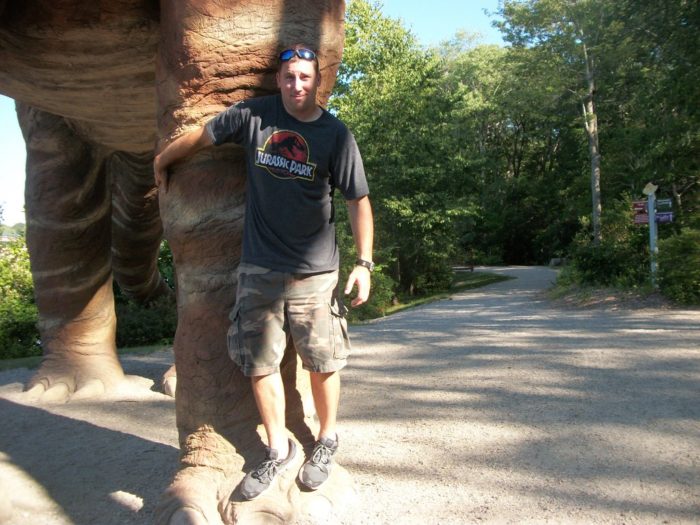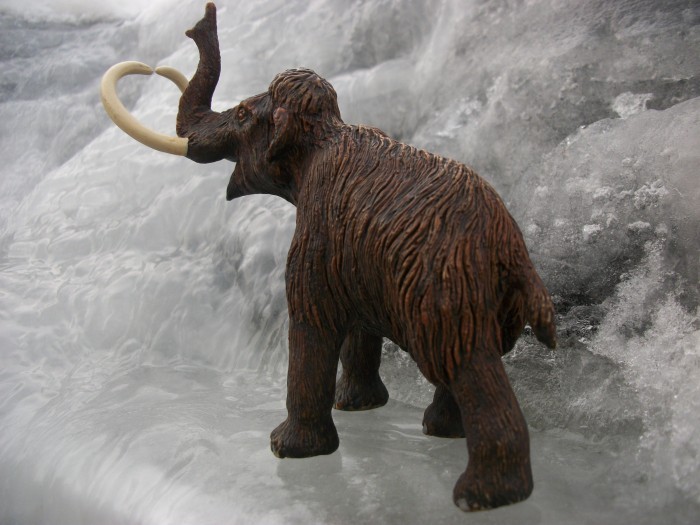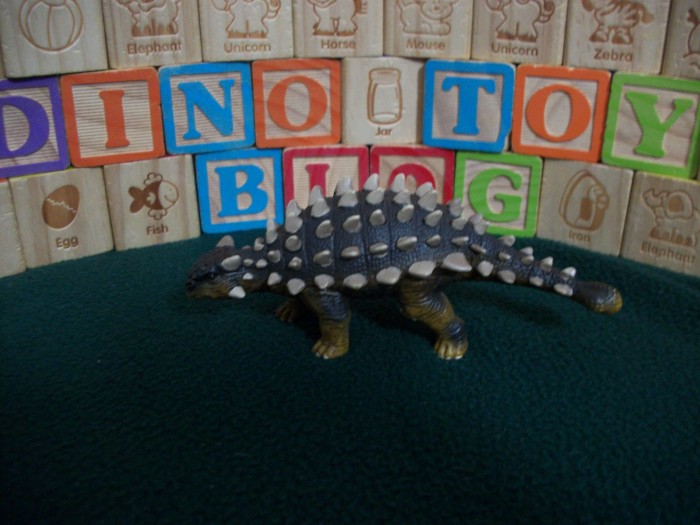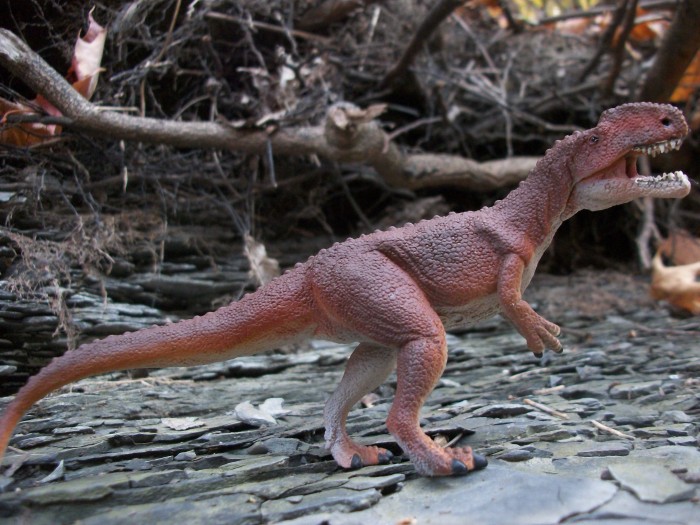After completing the 2004 Wild Safari Prehistoric Life Woolly Mammoth review, it was brought to my attention that I should take a look at the retired WS Baby. With this thought in mind, I sat down and took a close look at this little toy.
Author: Laticauda
 My name is Rob but I go by Laticauda (which is a genus of Elapid “Sea” snakes) on both the Dinosaur Toy Blog and Forum. My dinosaur collecting journey began when I discovered the Carnegie line as a kid. They amazed me and I didn’t look at them as toys but as art. By the time I headed off to college I no longer collected prehistoric toys as I had moved on to new collecting pursuits. This all changed the day when my first child was born as it rekindled my passion for the prehistoric world. Now I have two kids and I enjoy sharing the hobby with them.
My name is Rob but I go by Laticauda (which is a genus of Elapid “Sea” snakes) on both the Dinosaur Toy Blog and Forum. My dinosaur collecting journey began when I discovered the Carnegie line as a kid. They amazed me and I didn’t look at them as toys but as art. By the time I headed off to college I no longer collected prehistoric toys as I had moved on to new collecting pursuits. This all changed the day when my first child was born as it rekindled my passion for the prehistoric world. Now I have two kids and I enjoy sharing the hobby with them.All reviews by this author
Review: Megaloceros giganteus (Irish elk) (Prehistoric Times by Bullyland)

I am sure most collectors are aware that Bullyland has produced an interesting collection of prehistoric mega fauna, mammals, and terror birds. One overlooked mammal by most toy lines has been the Irish elk. It was nice to see a company take a chance on an animal that rarely sees any toy love.
Review: Saurophaganax (CollectA)
Review: Woolly Mammoth (Prehistoric life collection by Safari Ltd)

Many years ago when I was a small child, I thought all of the ancient mammoths where the Woolly Mammoth. I later learned that it was a diverse branch with many different members. The first mammoth bones I had ever seen in person were at the Mammoth Site in South Dakota, where a majority of the mammoth remains are of the Columbian variety, but there are also a few remains of the Woolly Mammoth as well.
Review: Deinotherium (Deluxe Collection by CollectA)
Review: Hypsilophodon family (CollectA)

Hypsilophodon was a tasty little morsel for vacationing and local carnivorous animals during the early Cretaceous. It is believed the Hypsilophodon would have been very fast and nimble. Along with its small size; it was probably a hard catch for the predators, un-like many of us today, Cretaceous predators probably did not like the idea of fast food.
Review: Liliensternus (CollectA)

Review: Diplodocus (Natural History Museum by Toyway)

Here is the 2006 Toyway Diplodocus, ready to tap dance into your hearts, across your living room, and give comedic one timers. Couldn’t you just picture this model walking on stage to an in-studio audience applause and doing an opening monologue. Of course with that smile, it should do some toothpaste commercials as well.
Review: Gastonia (CollectA)

During the early Cretaceous in North America around 126 million years ago, a small herbivore emerges from the trees in a wooded forest lifting its head to smell the breeze that is drifting by. It ambles into the clearing on its small legs and starts to nibble some of the vegetation at the forest edge.
Review: Saichania (World of History by Schleich)
Review: Megalosaurus (Natural History Museum by Toyway)

History: 166 million years ago during the middle Jurassic a predator named Megalosaurus prowled England. In 1824 it became the first non-avian dinosaur to have a validly named genus. From there its popularity grew and became a widely known dinosaur celebrity. It received top billing at Crystal Palace Park where it was one of the three mascot dinosaurs.








